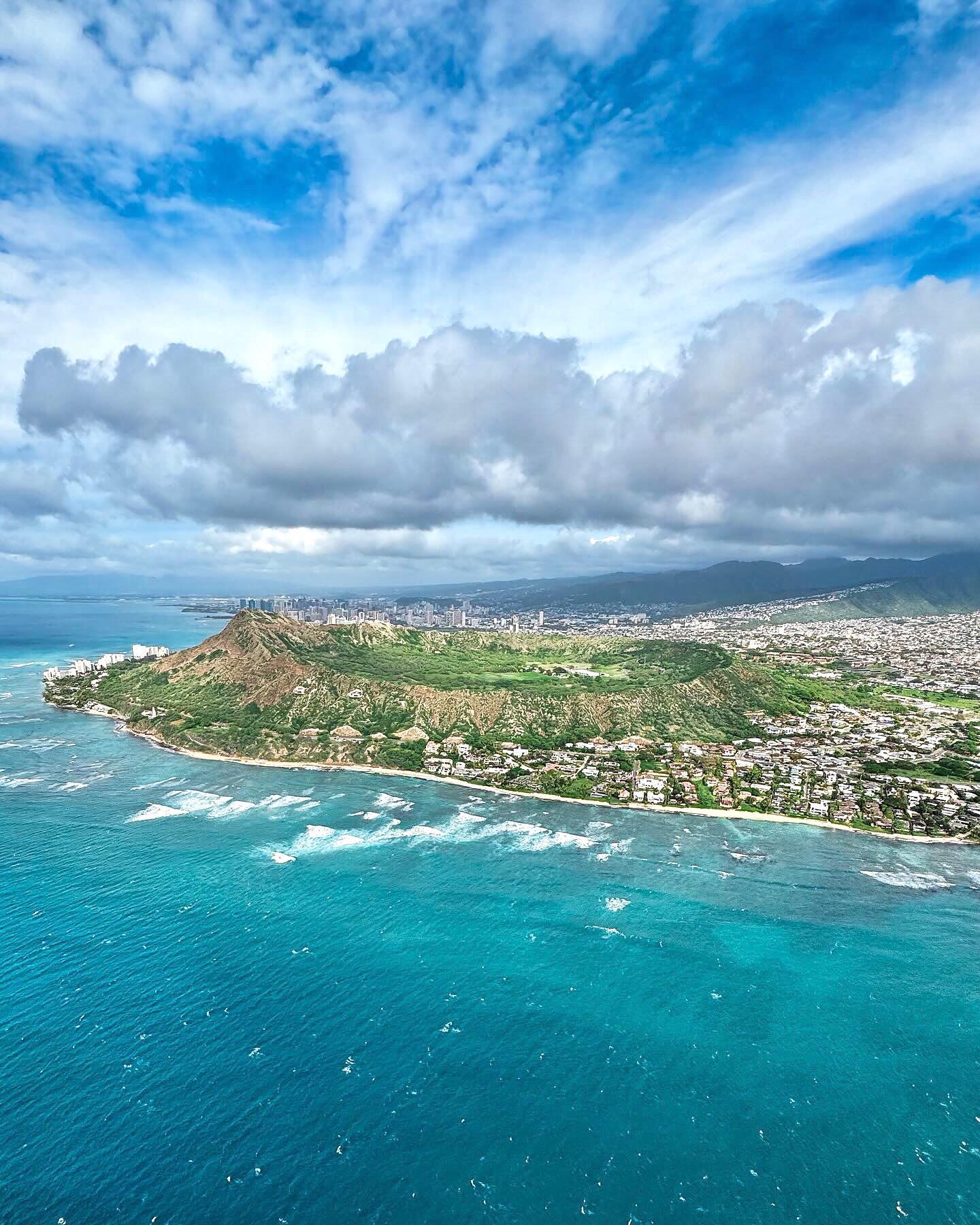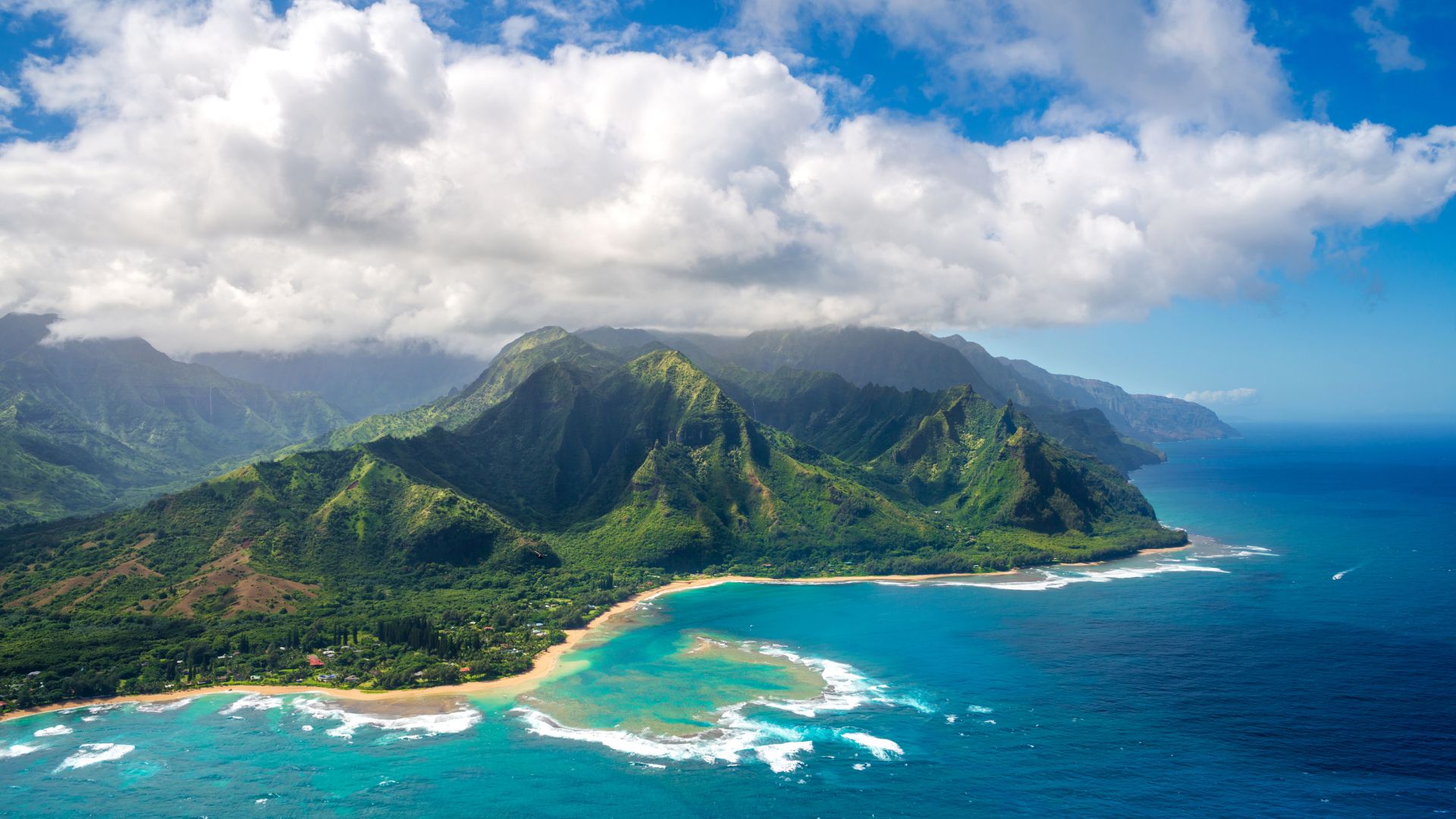Hawaii is a popular destination for luxury travelers because of its immaculate beaches and lush surroundings. Choosing the appropriate private jet is often essential to arriving at these idyllic islands in comfort and style. This article explores the fundamentals of selecting a private jet for your vacation to Hawaii, emphasizing options and range.
1. Understanding Range Requirements
To begin, it’s crucial to understand the distance between your departure point and Hawaii. This will determine the range requirement for your private jet. For example, the flight from Los Angeles to Honolulu covers approximately 2,500 miles, necessitating a jet with a range exceeding this distance.
A flight from Miami to Honolulu requires an ultra-long-range heavy jet like the Global 6000 and takes about 12 to 13 hours. From the west coast of the USA or Canada, a smaller aircraft is sufficient. However, light jets like the HondaJet are not certified to cross the Pacific Ocean. A flight from Van Nuys to Honolulu would take less than six hours in a super-mid jet charter.
2. Cost Considerations
The cost of chartering a private jet to Hawaii varies based on factors such as origin, destination, and type of aircraft. For instance, the cost of an ultra-long-range heavy jet from Miami to Honolulu is around $12,000 to $15,000 per hour. Generally, the longer the range and the more luxurious the jet, the higher the cost. It’s important to balance your needs with what you’re willing to spend.
3. Hawaiian Airports and Destinations
Hawaii offers several airports across its islands, like Honolulu International (HNL) on Oahu, Kahului (OGG) on Maui, and Lihue (LIH) on Kauai. Your choice of airport will largely depend on which island you’re visiting.
4. Navigating the Hawaiian Islands: A Traveler’s Guide to a Memorable Adventure

Photo credit: instagram.com
Embarking on a journey to the Hawaiian Islands is like stepping into a world of unparalleled natural beauty and cultural richness. This tropical paradise in the Pacific captivates visitors with its diverse landscapes, vibrant traditions, and endless opportunities for adventure. This guide is designed to help travelers navigate the islands for a truly memorable experience.
5. Understanding the Islands
Hawaii’s charm lies in its eight main islands, each boasting its unique allure. The Big Island, officially known as Hawaii, is a land of contrasts, from Mauna Kea’s snowy peaks to the fiery lava flows of Hawaii Volcanoes National Park. Maui, the “Valley Isle,” enchants with its famous beaches and scenic drives along the Hana Highway.
Oahu, the “Gathering Place,” is a hub of activity, home to bustling Honolulu and historic Pearl Harbor. Kauai, the “Garden Isle,” mesmerizes with its lush rainforests and dramatic cliffs. For those seeking a more secluded experience, Molokai and Lanai offer untouched landscapes and luxury retreats, respectively. Ni’ihau and Kahoolawe, with their restricted access, remain shrouded in mystery, preserving a more untouched Hawaii.
6. Planning Your Trip
The islands welcome visitors year-round, but the ideal travel period extends from April to October for the best weather. Winter months bring more rain but also world-class surfing conditions. Inter-island travel is key to experiencing the diversity of Hawaii, with short flights and occasional ferries linking the islands. Accommodations vary widely, from opulent resorts to cozy hostels, and it’s wise to book in advance, especially during peak seasons.
7. Activities and Attractions
Hawaii’s beaches are a highlight, with each island offering its unique sands and surf. Adventure seekers will find no shortage of activities, from thrilling hikes like Kauai’s Kalalau Trail to snorkeling in crystal-clear waters.
The islands are also rich in culture, with luaus, the Polynesian Cultural Center, and historic sites like Iolani Palace offering glimpses into Hawaii’s heritage. The local cuisine, a delicious blend of global influences, is a must-try, with dishes like poke and luau stew topping the list.
8. Environmental Awareness and Safety

Photo credit: instagram.com
Visitors are encouraged to respect Hawaii’s delicate ecosystem, adhere to coral reef safety guidelines, and choose eco-friendly tours. Safety is paramount, especially when engaging in water sports or hiking, and staying informed about local conditions, such as volcanic activity on the Big Island, is crucial.
A trip to the Hawaiian Islands is an invitation to explore and embrace the spirit of Aloha. Whether it’s hiking volcanic craters, unwinding on a sun-kissed beach, or delving into the local cuisine, Hawaii offers a unique adventure at every turn. With thoughtful planning and an adventurous spirit, your Hawaiian journey promises to be an unforgettable adventure.

